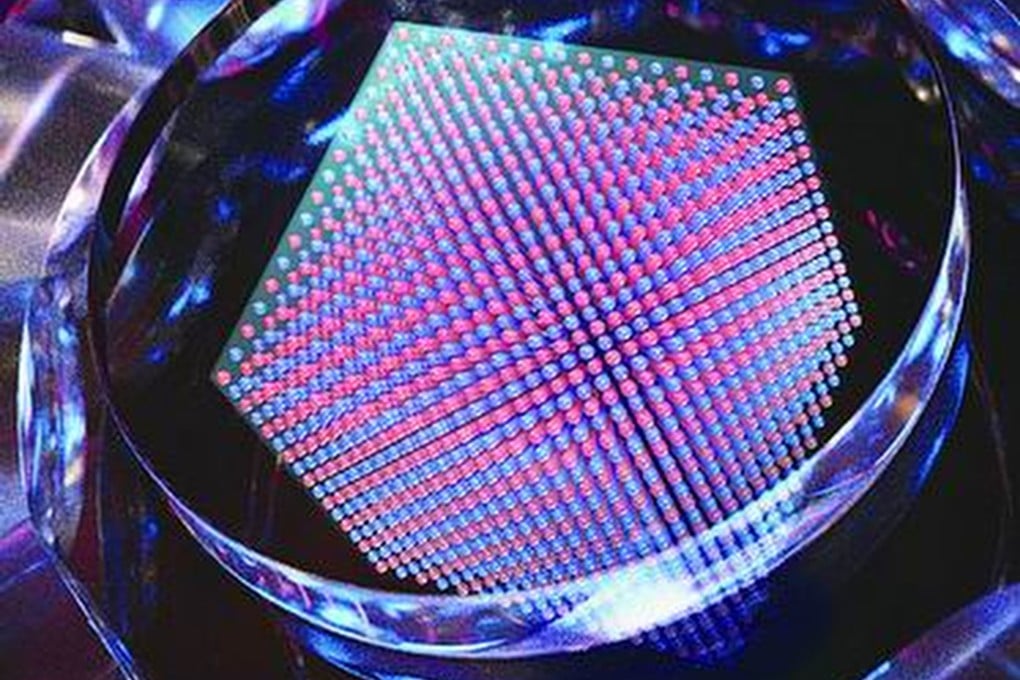Advertisement
How a Chinese team used quantum tech to follow electrons on the superconductor trail
- Scientists built a device to simulate movement of the subatomic particles – a task that defies even the best supercomputers
Reading Time:2 minutes
Why you can trust SCMP
7

Zhang Tongin Beijing
A Chinese team has built a quantum computer that can simulate the movement of electrons in a solid-state material, a task that could be a springboard for applications that are so far well beyond the ability of the world’s fastest supercomputers.
Advertisement
Tracking such subatomic particles is central to a number of scientific questions, such as what makes magnets attract each other. Unlocking such fundamental science could help crack the code to creating high-temperature superconducting materials, potentially revolutionising electricity transmission and transport.
“Our achievement demonstrates the capabilities of quantum simulators to exceed those of classical computers, marking a milestone in the second stage of China’s quantum computing research,” team leader Pan Jianwei said in a statement from the Chinese Academy of Sciences on Thursday.
The research was published in Nature on Wednesday. Pan, from the University of Science and Technology of China, co-authored the paper with USTC colleagues Chen Yuao and Yao Xingcan.
The Nature reviewers described the work as “an important step forward for the field”.
There are three generally accepted stages in the evolution of quantum computing.
Advertisement

Advertisement
